Scholarship Application Form Samples
-
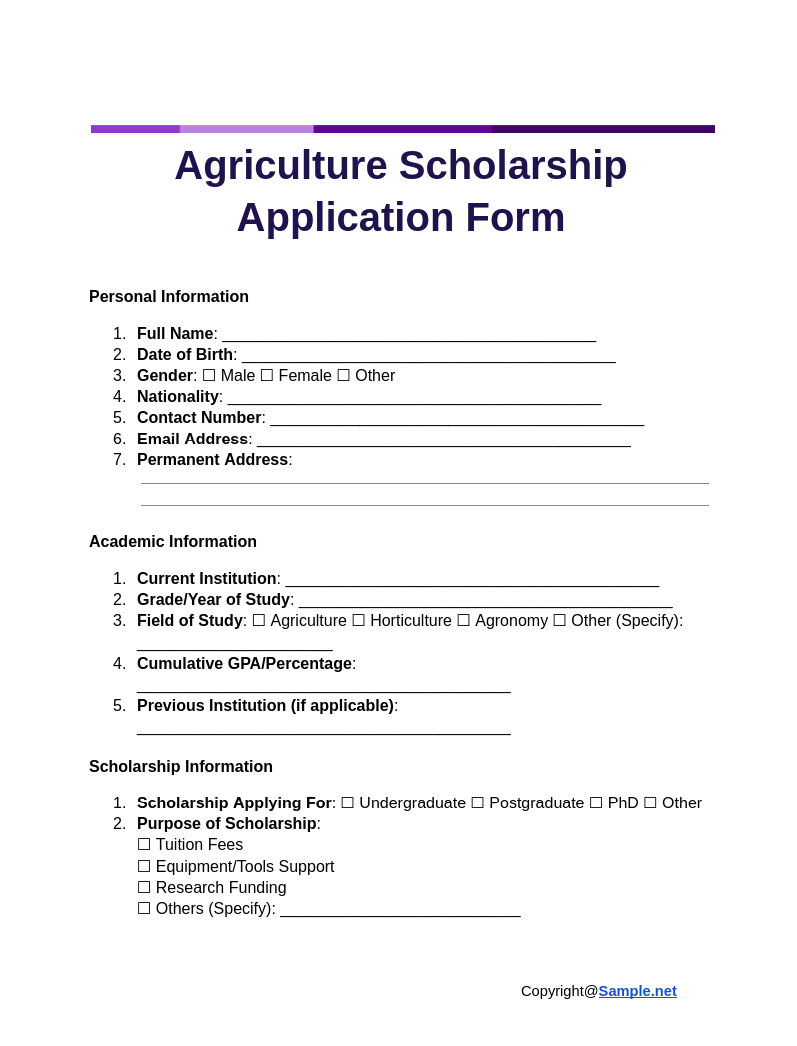
Agriculture Scholarship Application Form
download now -
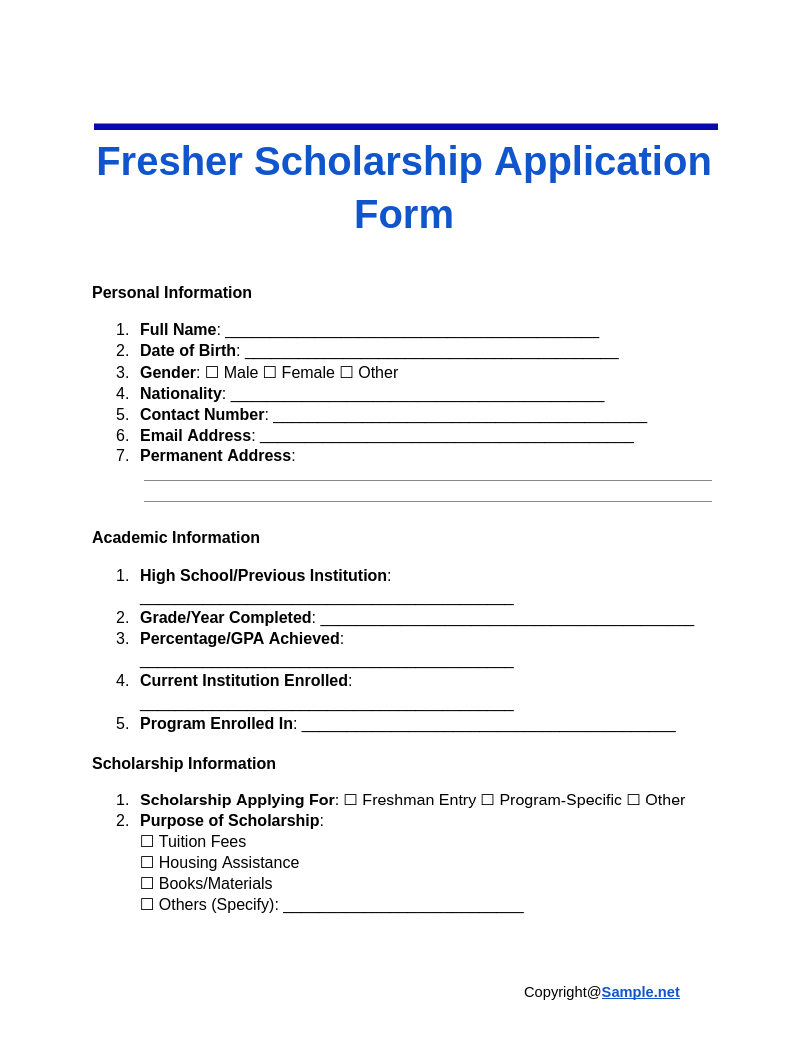
Fresher Scholarship Application Form
download now -
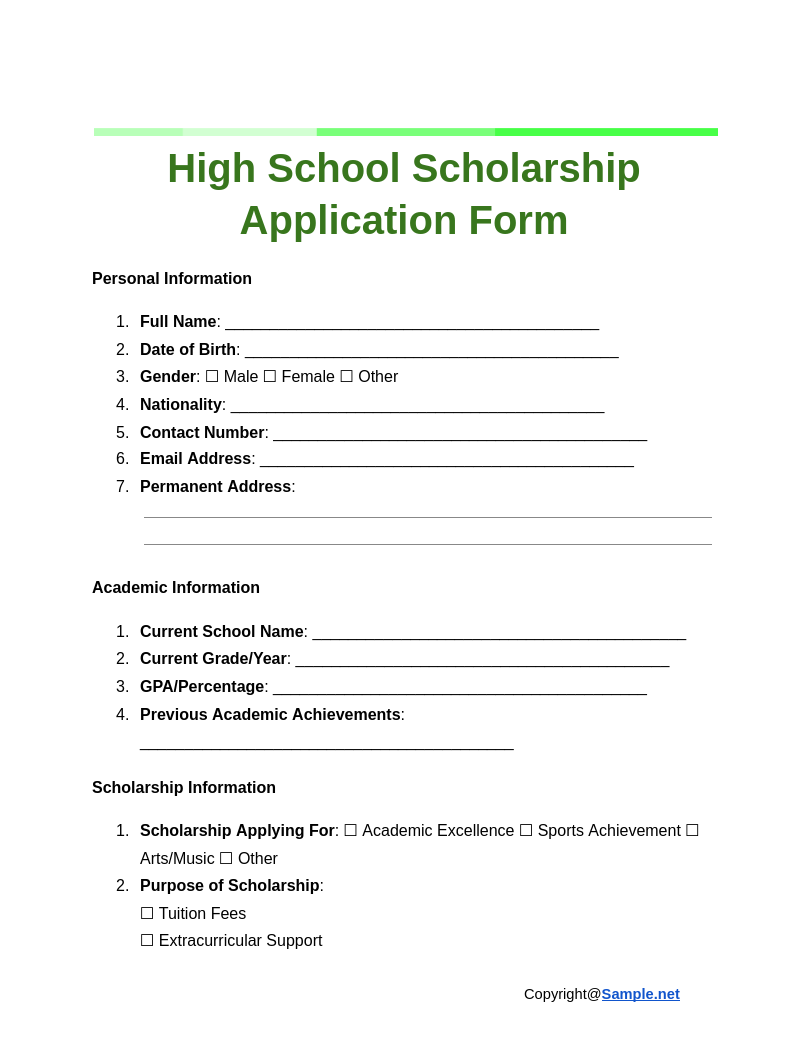
High School Scholarship Application Form
download now -
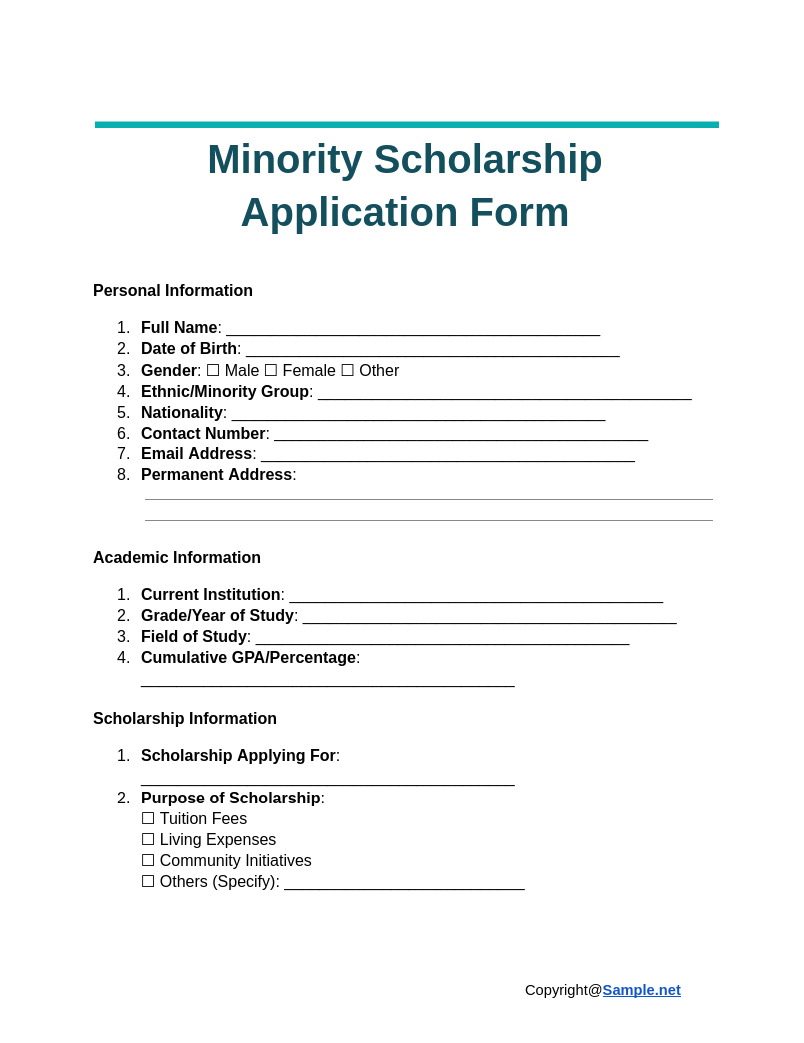
Minority Scholarship Application Form
download now -
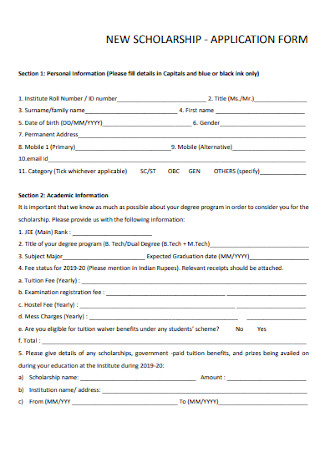
New Scholarship Application Form
download now -
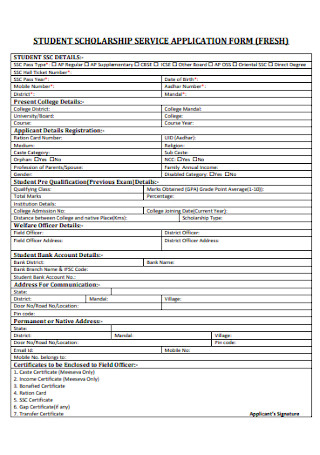
Student Scholarship Application Form
download now -
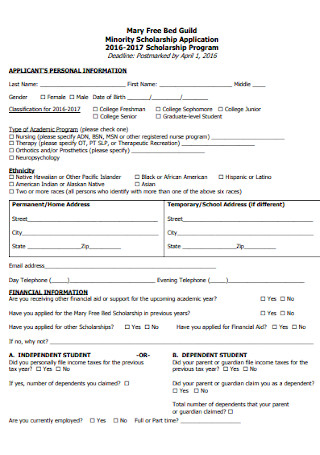
Minority Scholarship Application Form
download now -
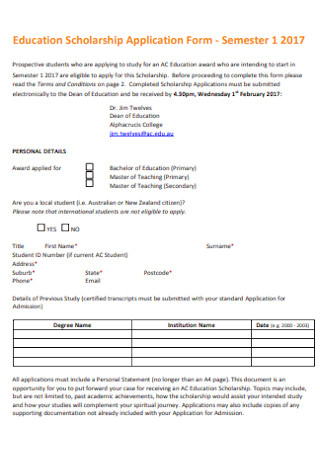
Education Scholarship Application Form
download now -
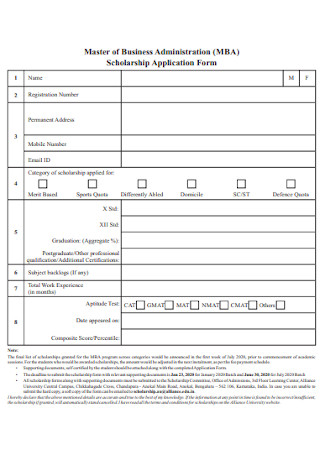
School of Business Scholarship Application Form
download now -
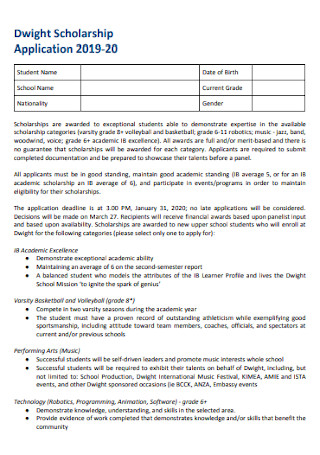
New Students Scholarship Application Form
download now -
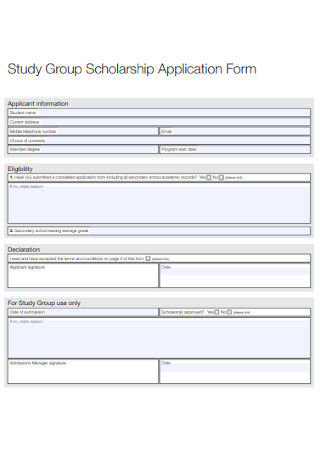
Study Group Scholarship Application Form
download now -

Application Form for Scholarship Scheme
download now -
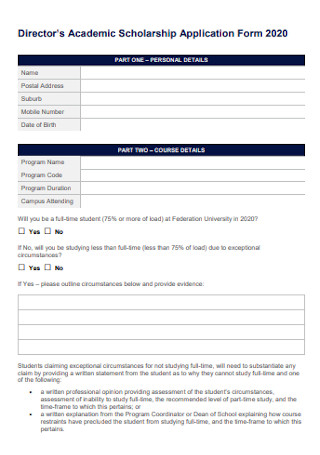
Academic Scholarship Application Form
download now -
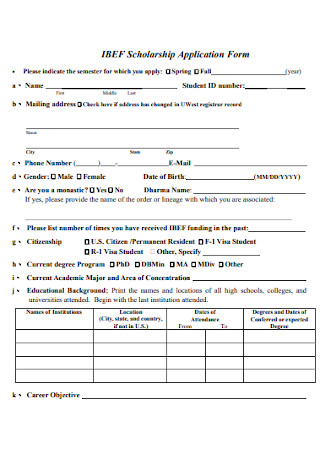
Foundation Scholarship Application Form
download now -
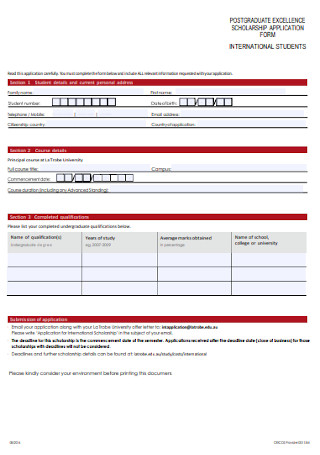
PG Scholarship Application Form
download now -
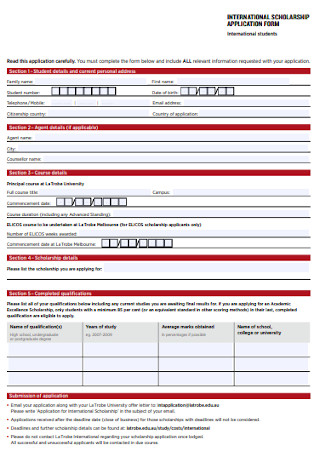
International Scholarship Application Form
download now -
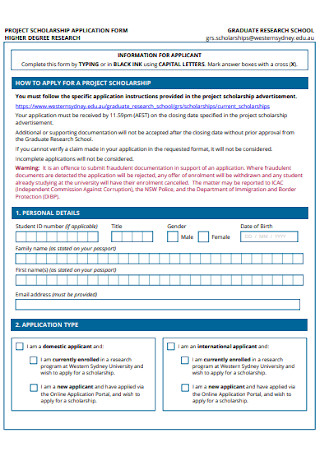
Project Scholarship Application Form
download now -
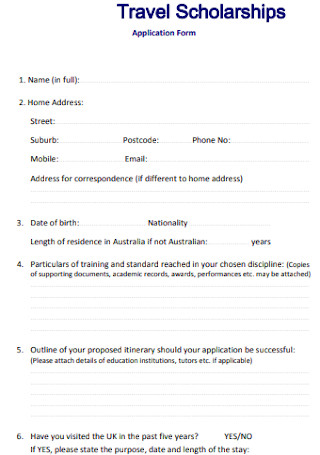
Travel Scholarships Application Form
download now -
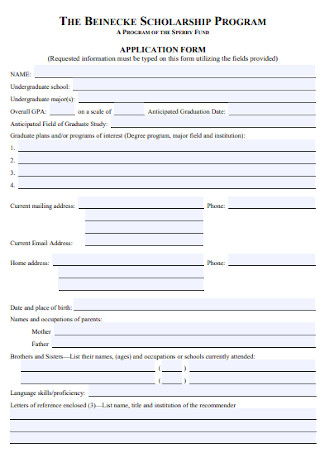
Scholarship Program Application Form
download now -
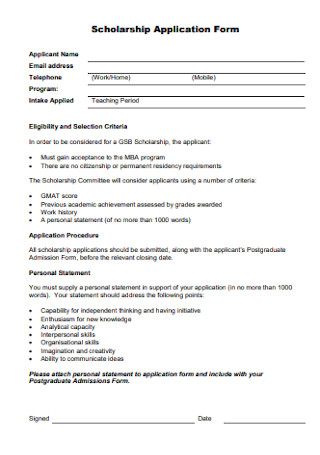
Graduate Scholarship Application Form
download now -
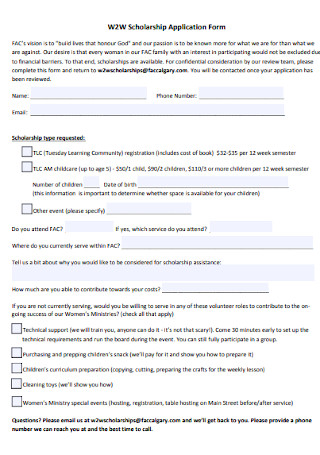
W2W Scholarship Application Form
download now -
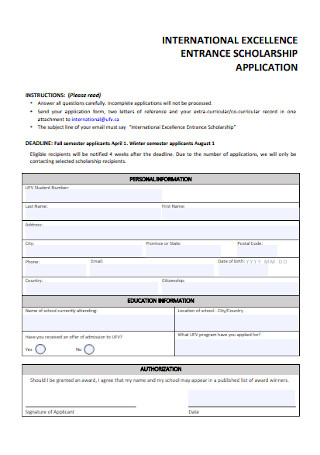
Entrance Scholarship Application Form
download now -

Undergraduate Scholarship Application Form
download now -
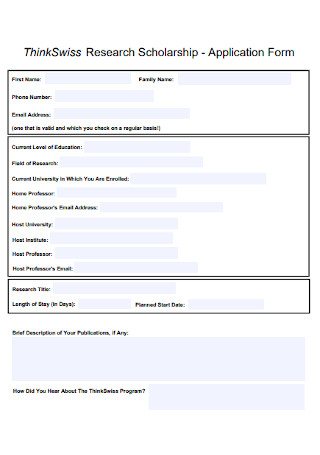
Scholarship Research Application Form
download now -
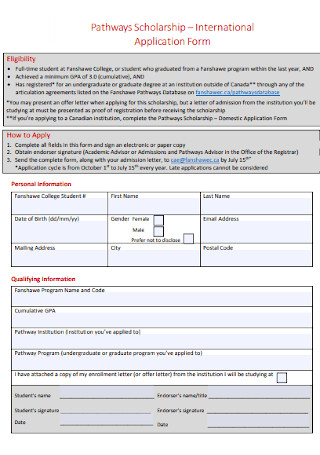
Pathways Scholarship Application Form
download now -
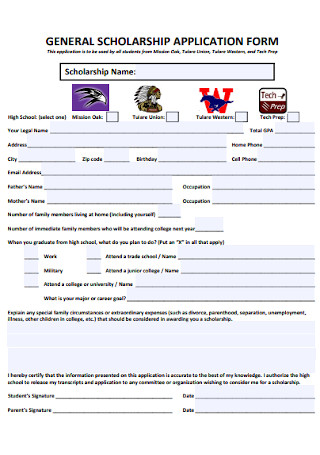
General Scholarship Application Form
download now -

Memorial Scholarship Application Form
download now -
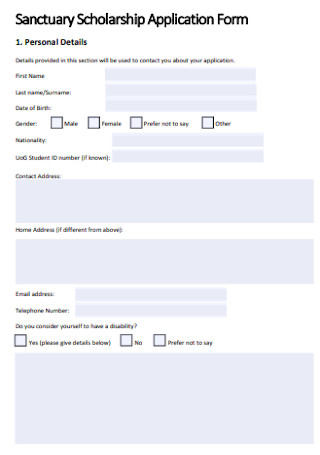
Sanctuary Scholarship Application Form
download now -
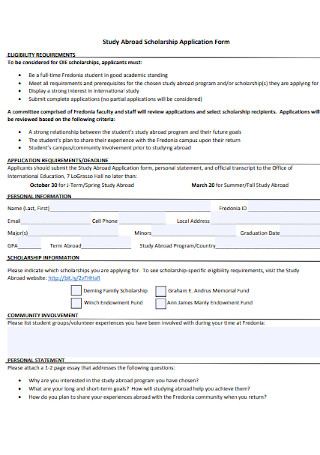
Study Abroad Scholarship Application Form
download now -
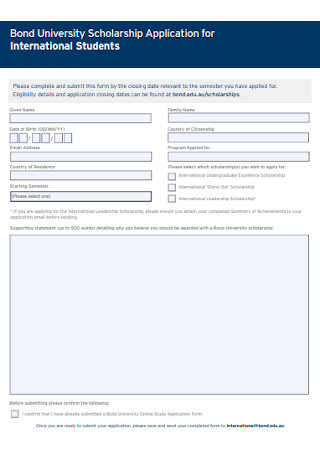
Scholarship Application for International Students
download now -
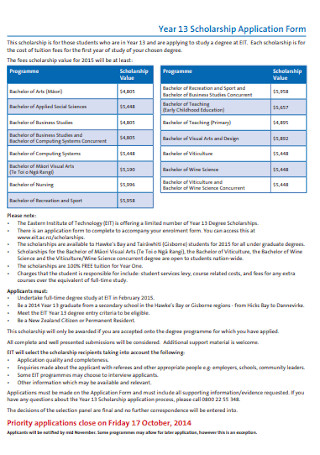
Year Scholarship Application Form
download now -
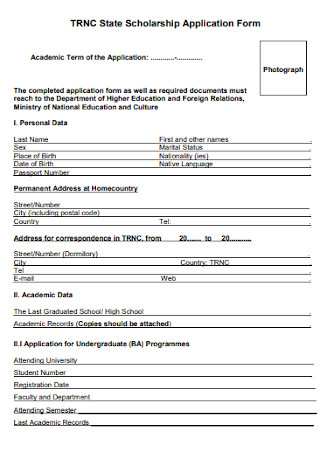
State Scholarship Application Form
download now -

General Scholarship Application Form Example
download now -
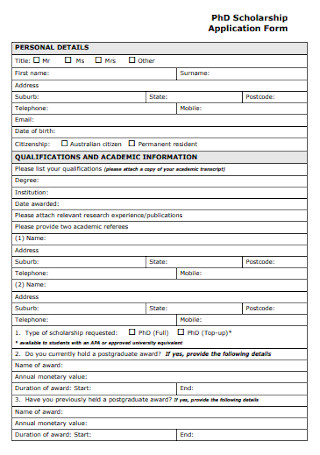
PhD Scholarship Application Form
download now -
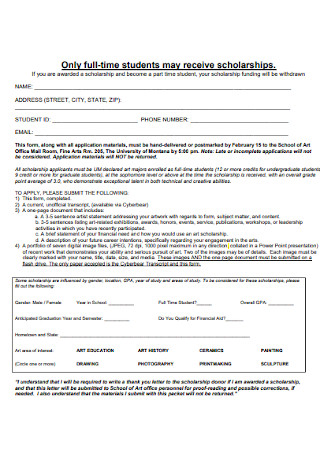
Full Time Scholarship Application Form
download now -
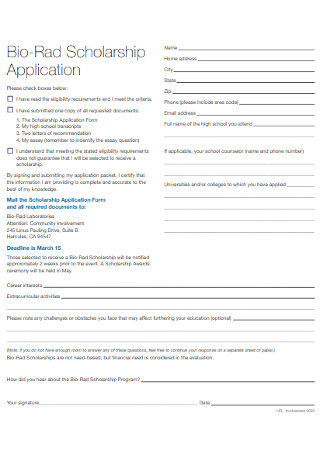
Bio-Rad Scholarship Application Form
download now -

Summer Camp Scholarship Application Form
download now -
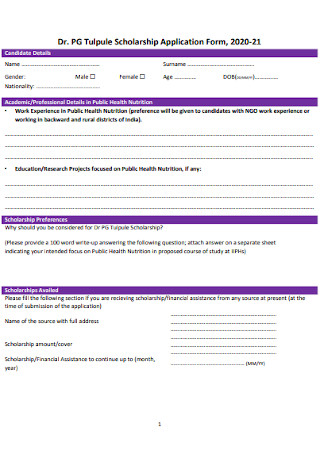
PG Tulpule Scholarship Application Form
download now -

Credit-Free Certificate Scholarship Application Form
download now -

Building Futures Scholarship Application Form
download now -

Sports Board Scholarship Application Form
download now -
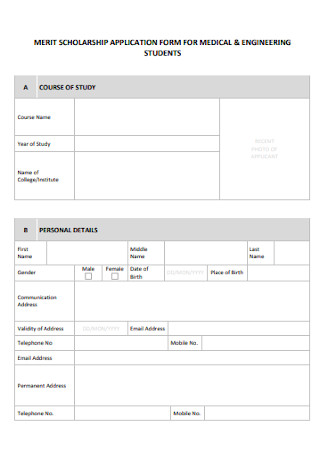
Merit Scholarship Application Form
download now -
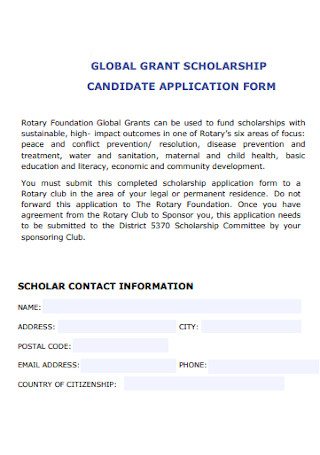
Grant Scholarship Application Form
download now -
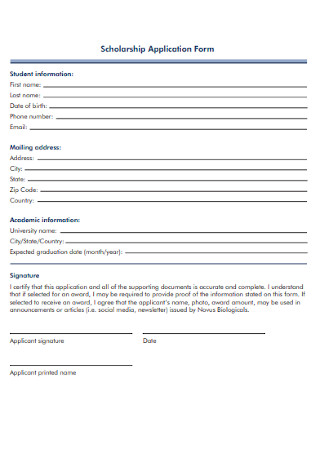
Biologicals Scholarship Application Form
download now -
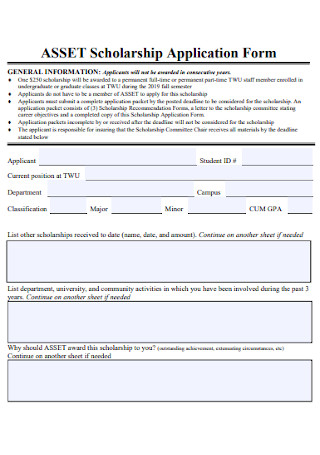
Asset Scholarship Application Form
download now -
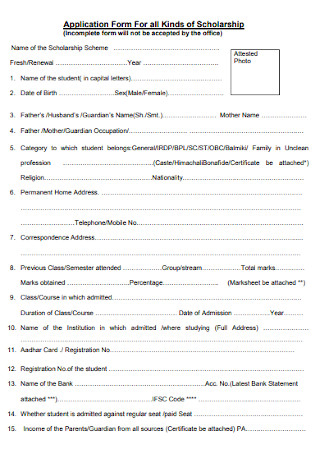
Application Form For all Kinds of Scholarship
download now -
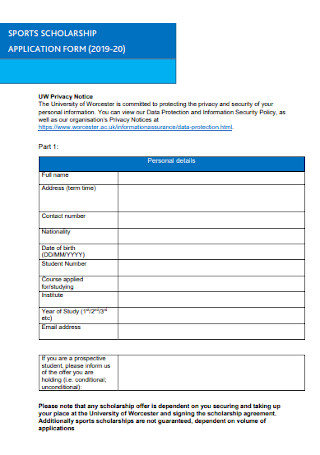
Sports Scholarship Application Form
download now -
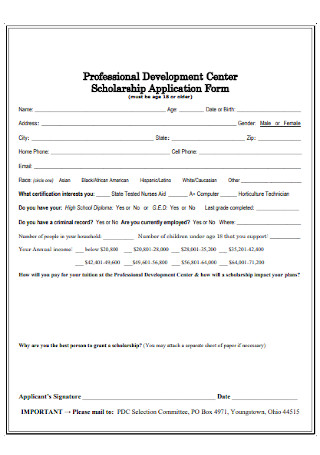
Professional Scholarship Application Form
download now -
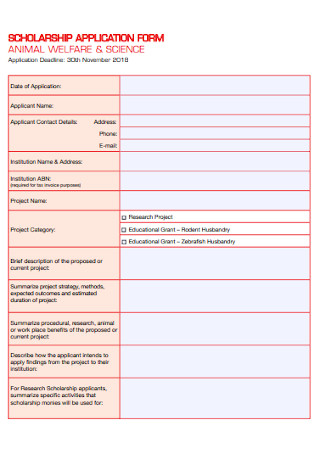
Science Welfare Scholarship Application Form
download now -
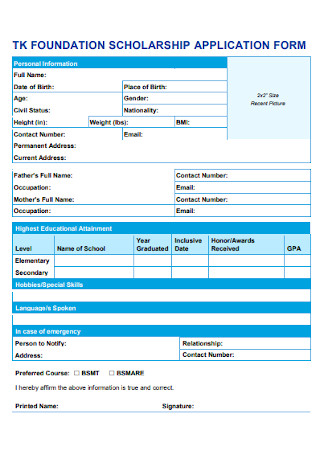
Foundation Scholarship Application Form Example
download now -
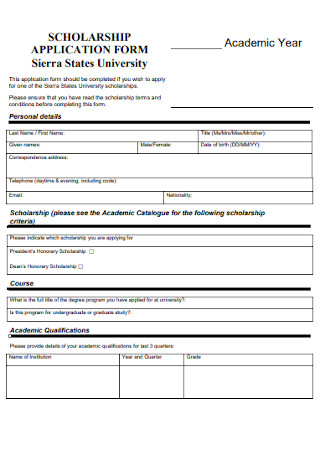
State University Scholarship Application Form
download now -

Storey Scholarship Application Form
download now -
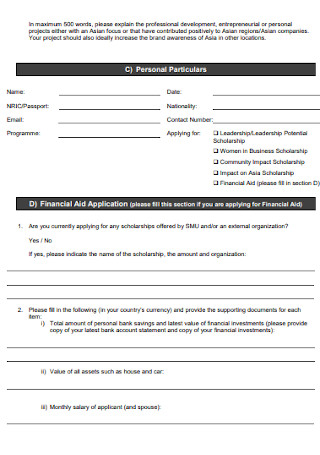
Scholarship Financial Aid Application Form
download now -
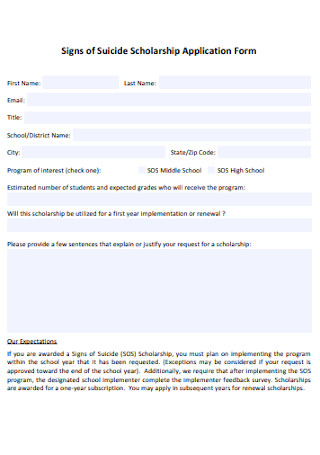
Signs of Suicide Scholarship Application Form
download now -
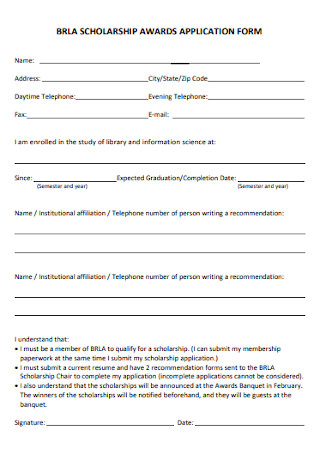
Scholarship Award Application Form
download now
FREE Scholarship Application Form s to Download
Scholarship Application Form Format
Scholarship Application Form Samples
What is a Scholarship Application Form?
Elements of a Scholarship Application Form
How Do You Create a Scholarship Application Form?
FAQs
What are the different types of application forms?
When do you use an application form?
How an online application form is beneficial?
Why are essays often included in scholarship forms?
What makes a scholarship application form effective?
How do online scholarship forms benefit applicants?
How do organizations ensure fairness in evaluating forms?
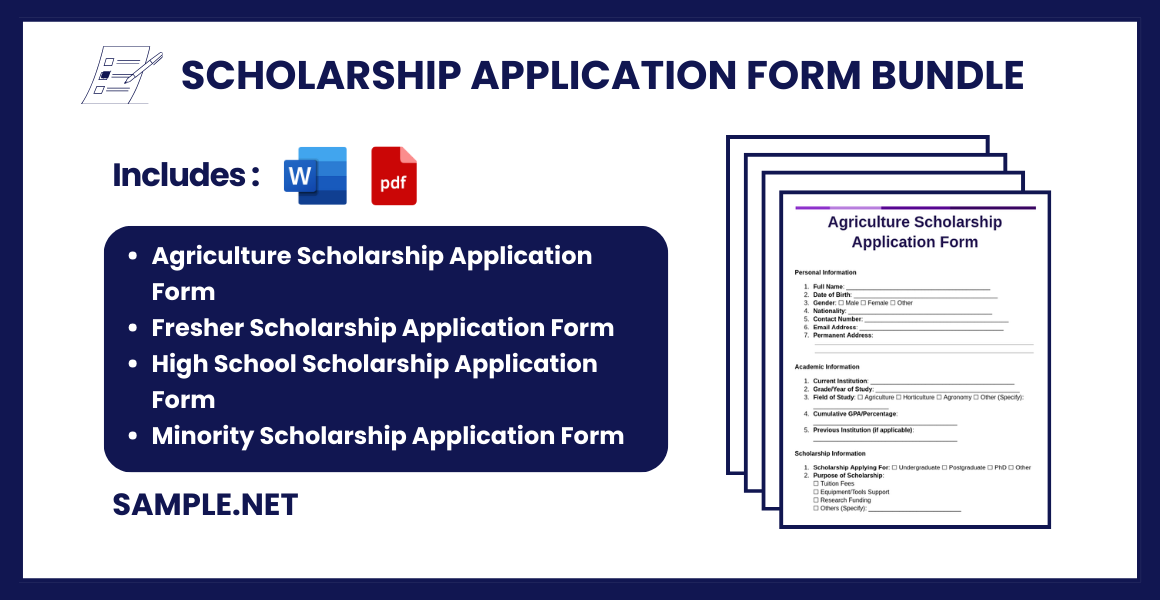
Download Scholarship Application Form Bundle
Scholarship Application Form Format
Personal Information
- Full Name: __________________________________________
- Date of Birth: __________________________________________
- Gender: ☐ Male ☐ Female ☐ Other
- Nationality: __________________________________________
- Contact Number: __________________________________________
- Email Address: __________________________________________
- Permanent Address:
Academic Information
- Current Institution: __________________________________________
- Grade/Year of Study: __________________________________________
- Field of Study: __________________________________________
- Cumulative GPA/Percentage: __________________________________________
- Previous Institution (if applicable): __________________________________________
Scholarship Information
- Scholarship Applying For: __________________________________________
- Purpose of Scholarship:
☐ Tuition Fees
☐ Living Expenses
☐ Research Support
☐ Others (Specify): ___________________________
Financial Information
- Family Income (Annual): __________________________________________
- Number of Dependents: __________________________________________
- Sources of Income: __________________________________________
Extracurricular Activities and Achievements
- Clubs/Organizations: __________________________________________
- Awards/Recognitions: __________________________________________
- Volunteer Work/Community Service: __________________________________________
Essay/Statement of Purpose
(Attach a separate sheet if required)
Please write a brief essay (500 words) explaining:
- Why you are applying for this scholarship.
- How this scholarship will help you achieve your academic and career goals.
- Any additional information you feel is relevant.
Attachments Checklist
☐ Copy of ID/Passport
☐ Academic Transcripts
☐ Recommendation Letters (if required)
☐ Financial Documents
☐ Essay/Statement of Purpose
☐ Any other relevant documents
Declaration
I hereby declare that the information provided is true and accurate to the best of my knowledge. I understand that providing false information may result in the rejection of my application.
Applicant’s Signature: _________________________
Date: _________________________
What is a Scholarship Application Form?
A Scholarship Application Form is a formal document used to apply for financial aid through scholarships. It collects detailed information about a student’s qualifications, achievements, and financial needs. By standardizing the application process, these forms allow scholarship providers to assess and select deserving candidates efficiently. Scholarship application forms often include sections for personal information, academic records, essays, and references, ensuring a comprehensive evaluation. You can also see more on Admission Form.
Elements of a Scholarship Application Form
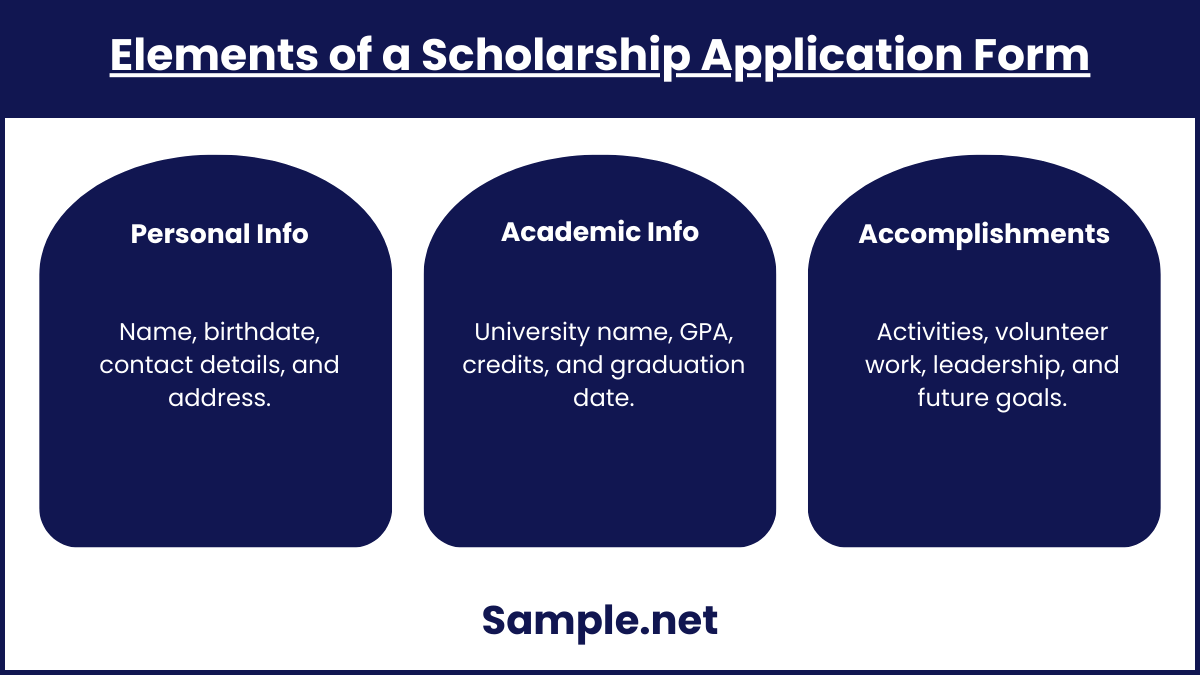
Who you are trying to help and why are the two most important things to remember throughout the scholarship application process. Because of that, the scholarship application form should be relevant to the intended audience. But how do you know if an applicant is legible for the scholarship? You can also see more on Program Forms. The way around this is by incorporating elements in the form. It is also important to keep in mind that this form has three main parts: personal information, university/college information, and accomplishments. And each part is consists of several elements. To know more about these elements, below is a list that describes each section. Continue reading.
How Do You Create a Scholarship Application Form?
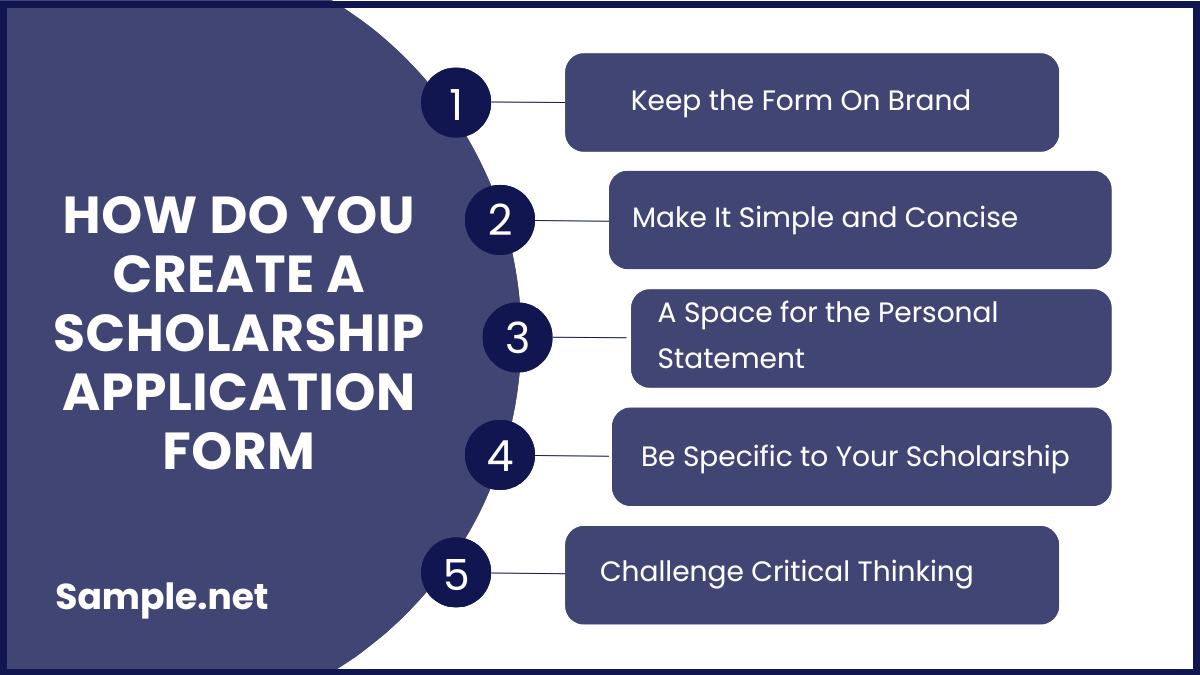
Applying for a scholarship has two options. A candidate can apply using a paper application form or through an online application outlet. Still, it is the scholarship provider to decide what method applies better to them. The good thing is that making a scholarship application form on paper is likely the same as creating one online. Both start by gathering all the relevant information. And an effective application form asks the right questions, not more than what is needed. Here is a list of some tips for creating a scholarship application form.
Step 1: Keep the Form On Brand
What is branding and why it is important to a scholarship application form? Branding is a marketing practice in which companies create a name for themselves through a design or symbol that is easily recognizable as their belonging. It helps customers identify a product or service and distinguish it from other offers. Furthermore, a brand is created to be a true representation of who you are as a business, and how you wish to be known. Thus, before creating the application form, ensure that you have established an identity or brand for your organization. As a scholarship provider, stick to your brand by using logos, signs, or emblems that represent your cause. You can also see more on Submission Forms.
Step 2: Make It Simple and Concise
Writing the application form clearly and concisely means you have to choose the right words to exactly put your message across. By doing this, you will get straight to your point in a way the readers can easily understand. Hence, use simple words in communicating with the applicants. If you are want to focus on a single field, incorporate words that are specific to that field. On the other hand, the use of generic words could send a vague message to your audience. You have to avoid this or they will miss the point. Because most scholarship application forms are composed of three parts, a good reason to simplify the document even more. Not everyone is fond of long-winded questionnaires.
Step 3: A Space for the Personal Statement
In this part, the candidate will talk about their reasons for applying. That is why you can label it as “Reasons for Applying for a Scholarship.” The application should encourage each candidate to write why they are suitable for a gift grant. They can highlight their skills, competencies, and even experiences. Sometimes, scholarship providers are more interested in someone’s life story and how they value the emotional quotient (EQ) of their education. You can also see more on Job Application Form.
Step 4: Be Specific to Your Scholarship
Does your organization as a scholarship provider have unique values? Make sure to showcase these in the scholarship application form so that you can give applicants the chance to tell how they are a good fit for benefits. Consider asking questions about their education or subjects that fit into the lives of the applicants responding to the form. More so, scholarship money is earned, not give. Hence, simply asking basic questions without giving candidates an opportunity to express why they actually want the gift grant is a good way to sift the ones who want your scholar versus those who want every scholarship.
Step 5: Challenge Critical Thinking
In the application form, ask applications the following questions: “What would you do in (a certain situation)?”; “What book impacted your life the most, and how?”; or “How do you plan to uphold university values in your community after you graduate?” All these will encourage them to explore to think critically. It also gives the scholarship provider the chance to see who the candidates really are.
A well-designed Scholarship Application Form is a gateway to life-changing opportunities. By simplifying the application process and ensuring fairness, these forms empower students to focus on their academic goals without financial stress. Whether you’re creating or completing one, understanding its components is key to success. A thoughtful, comprehensive form not only reflects the scholarship provider’s intent but also makes the process accessible for deserving candidates. Investing time in creating a robust application form ensures better outcomes for both providers and applicants. You can also see more on Letter of Intent.
FAQs
What are the different types of application forms?
- Employment Application Form
- Membership Application Form
- Rental Application Form
- Credit Application Form
- Volunteer Application Form
When do you use an application form?
Often, application forms are commonly associated with the hiring process. However, this business document is not one-dimensional, which means it is used in several other processes. In these processes, an application form is crucial in the selection of candidates. Depending on what they fill out in the form, applicants will proceed to the next part of the application. In other words, you can use an application form when you need to gather relevant information from various people to evaluate them if they pass the standard set in any application process.
How an online application form is beneficial?
Online applications are beneficial, aside from it is easier, it allows faster pre-screening of candidates. That moves qualified applicants more quickly through the pipeline, ultimately matching applicants to their target faster.
Why are essays often included in scholarship forms?
Essays provide insight into a candidate’s goals, motivations, and suitability for the scholarship, helping assessors make informed decisions. You can also see more on Project Forms.
What makes a scholarship application form effective?
An effective scholarship application form is clear, concise, and well-structured. It should align with the scholarship’s goals and provide applicants with straightforward instructions. A balanced combination of personal details, academic records, and essays ensures thorough evaluations.
How do online scholarship forms benefit applicants?
Online forms save time, reduce paperwork, and are more accessible to applicants. They also enable quicker submissions and often integrate features like file uploads and automated notifications.
How do organizations ensure fairness in evaluating forms?
Organizations use standardized criteria and scoring rubrics to ensure impartial evaluations. Blind review processes and diverse selection committees further enhance fairness. You can also see more on Loan Application Form.
